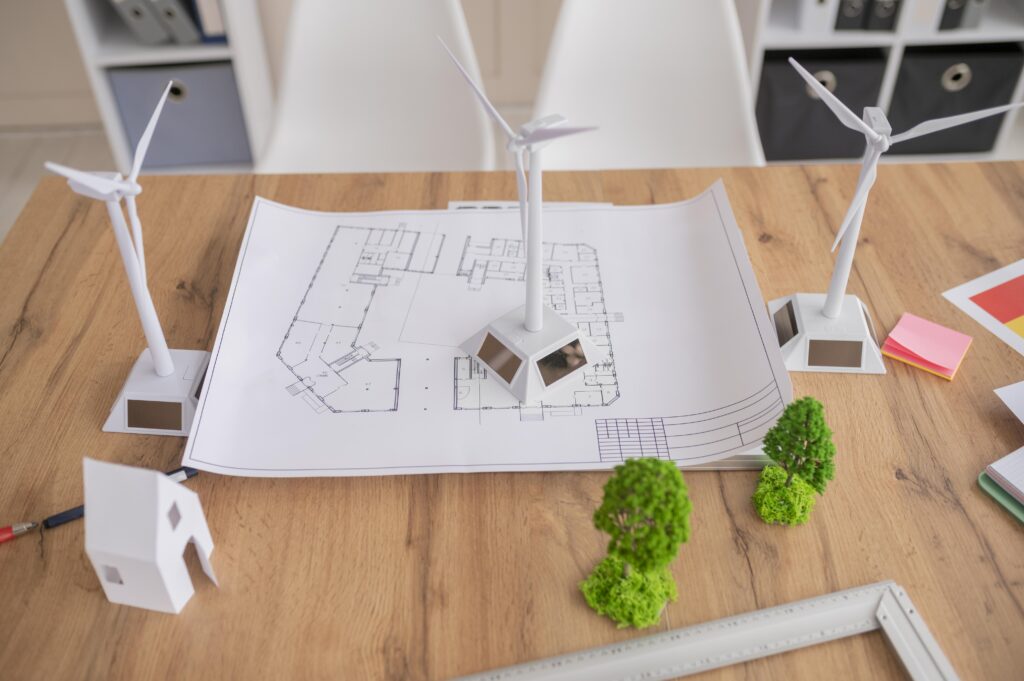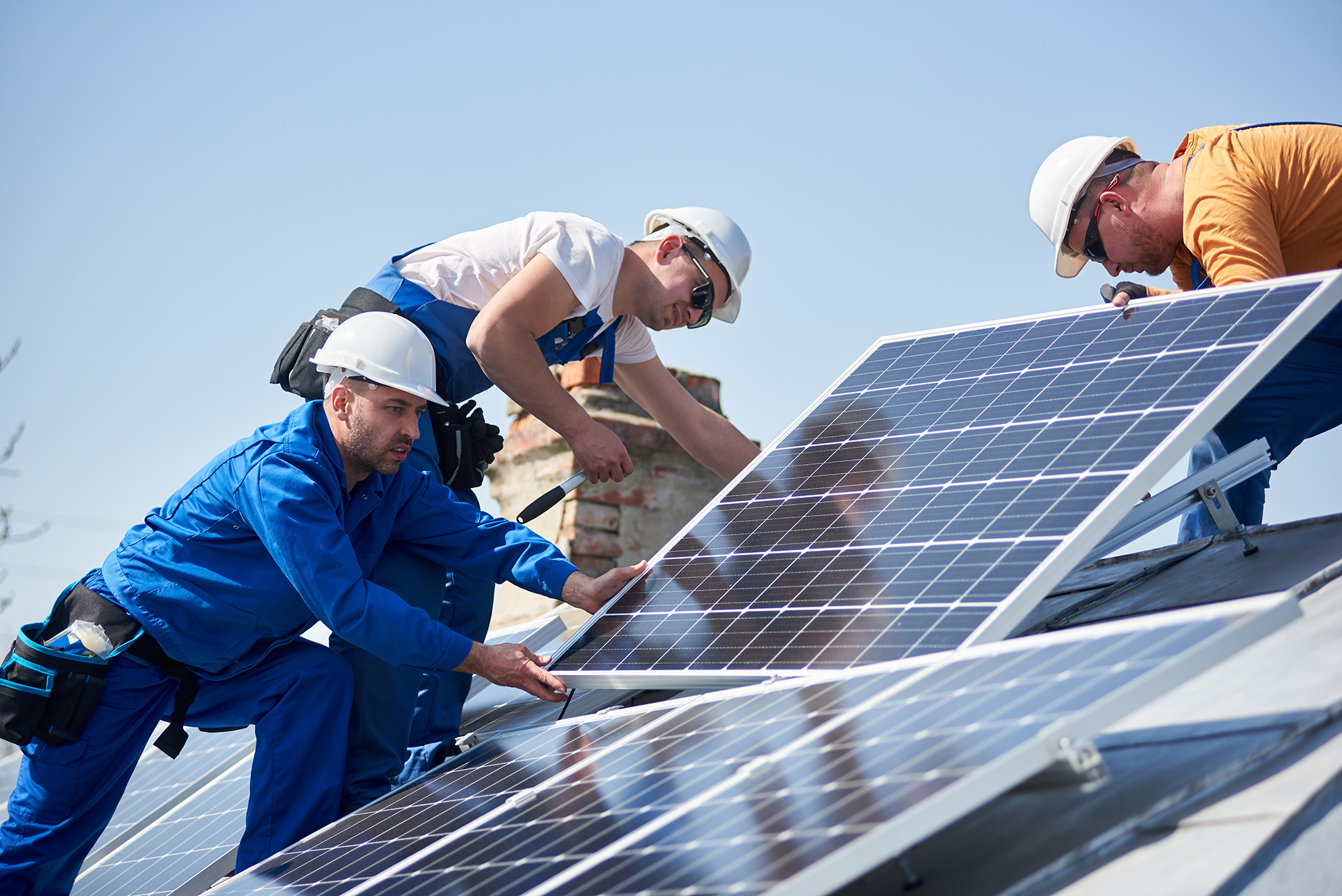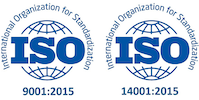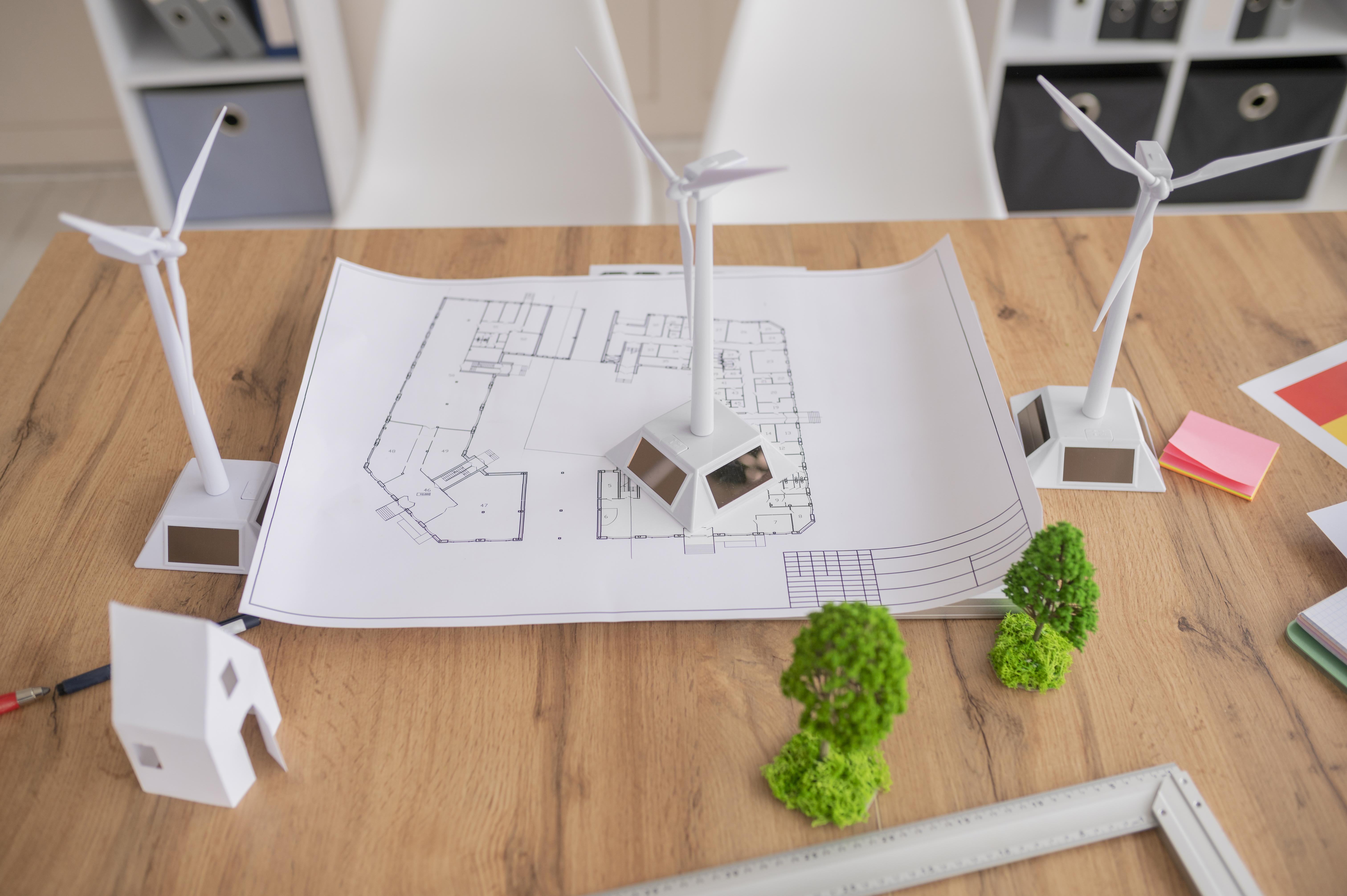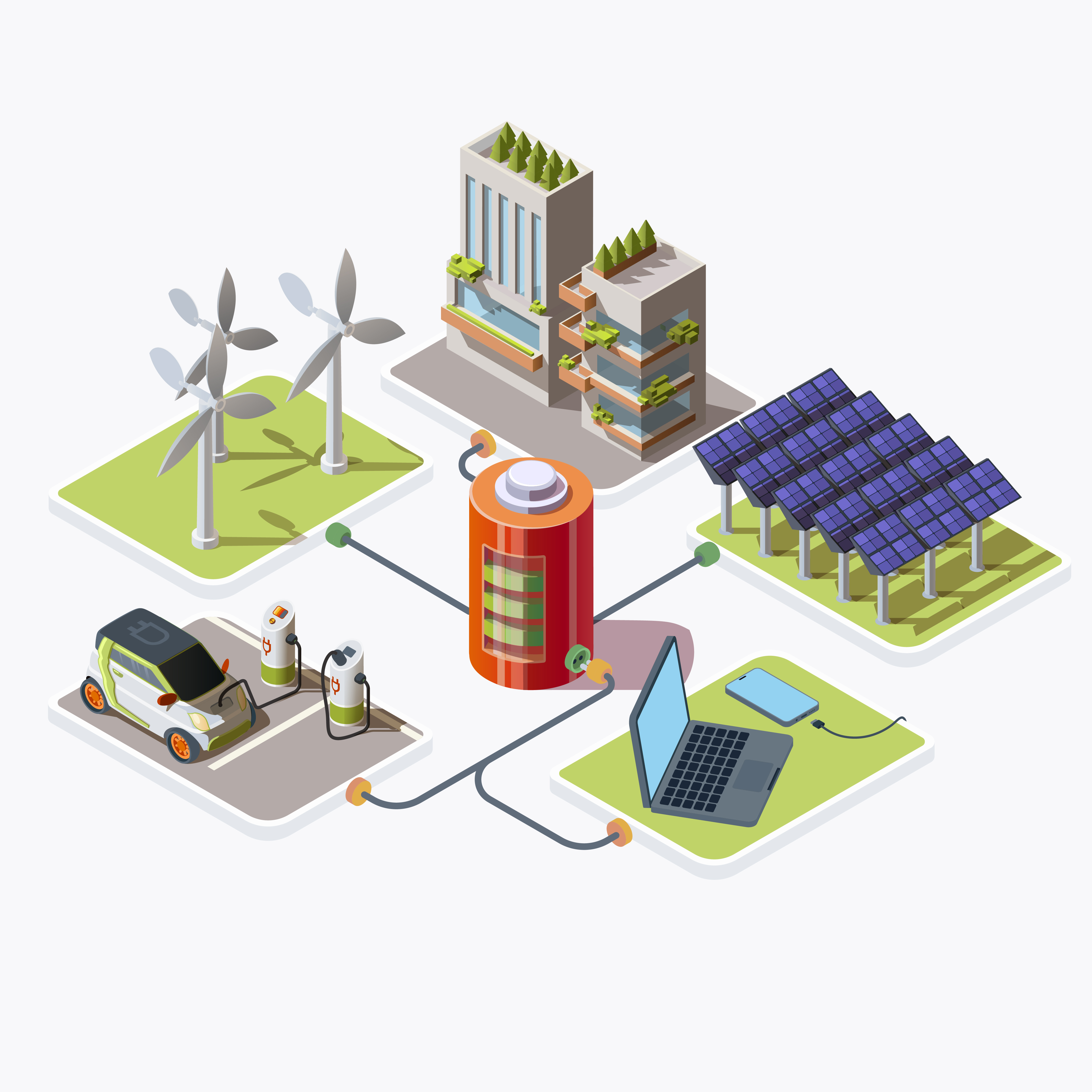Table of Contents
ToggleIntroduction
In an era marked by increasing concerns about climate change and energy sustainability, homeowners are increasingly turning to renewable energy solutions to future-proof their homes. From solar panels to wind turbines, geothermal systems to biomass boilers, there are a variety of options available for homeowners looking to reduce their carbon footprint and secure a sustainable energy future for their families. In this comprehensive guide, we will explore the various renewable energy solutions available to homeowners and discuss the benefits of incorporating these technologies into residential properties.
Understanding Renewable Energy
Renewable energy sources, also known as clean energy sources, are derived from natural processes that are continuously replenished. Unlike fossil fuels, which are finite and contribute to environmental degradation, renewable energy sources offer a sustainable alternative for meeting our energy needs. Some common renewable energy sources include:Solar Energy: Derived from sunlight, solar energy can be converted into electricity using photovoltaic (PV) panels or used directly for heating and lighting.
Wind Energy: Harnessing the power of the wind through wind turbines, wind energy can generate electricity for residential and commercial use.
Geothermal Energy: Utilizing heat from the Earth’s interior, geothermal energy can be used for heating, cooling, and electricity generation.Hydropower: Generated from the kinetic energy of flowing water, hydropower can be harnessed through dams, turbines, and other hydroelectric systems.Biomass Energy: Derived from organic materials such as wood, agricultural residues, and biofuels, biomass energy can be converted into heat, electricity, or biofuels.
Solar Energy Solutions
One of the most popular renewable energy options for homeowners is solar energy. Solar panels, also known as PV panels, convert sunlight into electricity using photovoltaic cells. Installing solar panels on rooftops or in open spaces allows homeowners to generate their own clean energy and reduce their dependence on the grid.
For homeowners with sufficient space and suitable wind conditions, small wind turbines offer another option for generating renewable energy. These turbines can be mounted on rooftops or installed on the ground and can supplement or replace grid electricity in windy areas.
Geothermal heat pumps use the stable temperature of the Earth’s subsurface to heat and cool homes efficiently. By transferring heat between the ground and the home, these systems can provide year-round comfort with minimal energy consumptio. Micro-hydro systems harness the power of flowing water to generate electricity for residential properties. These systems can be installed in streams, rivers, or even small creeks and can provide a reliable source of renewable energy year-round.
Biomass boilers and stoves burn organic materials such as wood pellets, chips, or logs to generate heat for space heating, water heating, and cooking. These systems offer a renewable and carbon-neutral alternative to fossil fuels for residential heating applications. Hybrid renewable energy systems combine two or more renewable energy sources to maximize energy production, reliability, and efficiency. By integrating complementary technologies such as solar panels, wind turbines, and battery storage, homeowners can optimize their renewable energy systems for their specific energy needs and local conditions.
Energy Storage Solutions
Battery storage systems store excess energy generated by renewable sources such as solar panels or wind turbines for use when demand exceeds supply. These systems provide homeowners with greater flexibility, resilience, and control over their energy consumption and production. Smart meters and monitoring systems allow homeowners to track their energy usage in real-time, identify energy-saving opportunities, and optimize the performance of their renewable energy systems. By integrating smart home technologies, homeowners can automate energy management tasks and improve overall efficiency and comfort.
Selecting energy-efficient appliances and devices is essential for maximizing the benefits of renewable energy and minimizing energy waste. Energy Star-rated appliances, LED lighting, and energy-efficient HVAC systems can significantly reduce energy consumption and utility bills while enhancing comfort and convenience. Passive solar design utilizes building orientation, window placement, and thermal mass to capture and store solar heat for heating homes in winter. By optimizing passive solar features, homeowners can reduce their reliance on mechanical heating systems and lower energy costs while enhancing indoor comfort and aesthetics.
Green building materials are environmentally friendly products that minimize resource depletion, reduce pollution, and promote healthy indoor environments. From recycled materials to renewable resources, there are a variety of sustainable options available for homeowners looking to minimize their environmental footprint and enhance the sustainability of their homes. Energy audits are comprehensive assessments of a home’s energy performance, efficiency, and comfort conducted by qualified professionals. By identifying energy inefficiencies, air leaks, and insulation deficiencies, energy audits help homeowners prioritize energy-saving upgrades and investments and improve overall home comfort and sustainability.
Financial Incentives and Rebates
Many governments offer financial incentives, tax credits, rebates, and grants to homeowners who invest in renewable energy systems and energy-efficient upgrades. These incentives help offset the upfront costs of renewable energy installations and encourage homeowners to adopt sustainable energy solutions that benefit the environment and the economy. Switching to renewable energy sources reduces greenhouse gas emissions and mitigates climate change by displacing fossil fuels and other carbon-intensive energy sources that contribute to global warming and air pollution. By generating clean, renewable electricity from solar, wind, and other sustainable sources, homeowners can shrink their carbon footprint and help protect the planet for future generations.
Renewable energy systems provide homeowners with greater energy resilience and reliability by reducing dependence on centralized energy grids vulnerable to outages, blackouts, and disruptions. By generating electricity on-site from renewable sources such as solar and wind, homeowners can maintain power during emergencies and natural disasters and ensure continuity of critical services and operations.
Long-term Cost Savings
While the upfront costs of renewable energy systems may be higher than conventional energy sources, homeowners can realize significant long-term cost savings through reduced energy bills, increased energy independence, and potential incentives and rebates. By investing in renewable energy technologies, homeowners can hedge against future energy price volatility and enjoy predictable and affordable energy costs for years to come.
Renewable energy systems typically have a payback period of five to fifteen years, depending on factors such as system size, energy usage, local utility rates, and available incentives, after which homeowners can enjoy free or low-cost electricity from their solar panels, wind turbines, or other renewable energy sources.Unlike fossil fuels, which are subject to price fluctuations and supply disruptions, renewable energy sources such as solar and wind offer stable and predictable energy costs over the lifespan of the system, providing homeowners with financial security and peace of mind.
Homes equipped with renewable energy systems have higher resale values and appeal to eco-conscious buyers seeking energy-efficient and sustainable properties. By investing in renewable energy technologies, homeowners can differentiate their homes in the real estate market, attract premium buyers, and enjoy a faster and more profitable sale when it comes time to move..
Adapting to Climate Change
As the impacts of climate change become increasingly severe and unpredictable, it is essential for homeowners to adapt their homes to withstand extreme weather events, rising temperatures, and changing environmental conditions. By incorporating renewable energy systems, energy-efficient upgrades, and resilient design features, homeowners can reduce their vulnerability to climate-related risks and protect their families and investments from harm.
Similarly, advances in wind turbine design, materials, and manufacturing techniques have resulted in larger, more efficient, and quieter turbines that produce more electricity with less noise and visual impact. Innovative blade designs, variable-speed generators, and grid integration technologies improve the performance, reliability, and acceptance of wind energy systems in residential and urban environments.
FAQs
What are renewable energy solutions, and how can they future-proof my home?
Renewable energy solutions involve harnessing natural resources like sunlight, wind, and water to generate clean electricity or heat for your home. By transitioning to renewable energy, you can reduce your reliance on finite fossil fuels, lower your carbon footprint, and secure a sustainable energy future for your household.
What types of renewable energy solutions are available for residential properties?
There are several renewable energy options suitable for homes, including solar photovoltaic (PV) panels, wind turbines, geothermal heat pumps, biomass boilers, and micro-hydro systems. Each technology has its advantages and considerations, depending on factors like location, energy needs, and budget.
How do I determine the best renewable energy solution for my home?
Choosing the right renewable energy solution involves assessing factors such as your property’s location, energy requirements, available resources (sunlight, wind, etc.), budget, and local regulations. Consulting with renewable energy experts or conducting a home energy audit can help you identify the most suitable options for your specific needs.
What are the benefits of future-proofing my home with renewable energy solutions?
Future-proofing your home with renewable energy solutions offers numerous benefits, including reduced energy bills, increased energy independence, lower carbon emissions, enhanced property value, and resilience against energy price volatility and supply disruptions. Additionally, investing in renewable energy can contribute to environmental sustainability and mitigate the impacts of climate change.
Are there any financial incentives or assistance available for installing renewable energy systems in my home?
Yes, many governments offer financial incentives, tax credits, rebates, grants, and low-interest loans to encourage homeowners to invest in renewable energy systems. These incentives can help offset the upfront costs of installation and make renewable energy more affordable and accessible for homeowners. Additionally, some utilities offer net metering programs that allow homeowners to receive credits for excess energy generated by their renewable energy systems.
